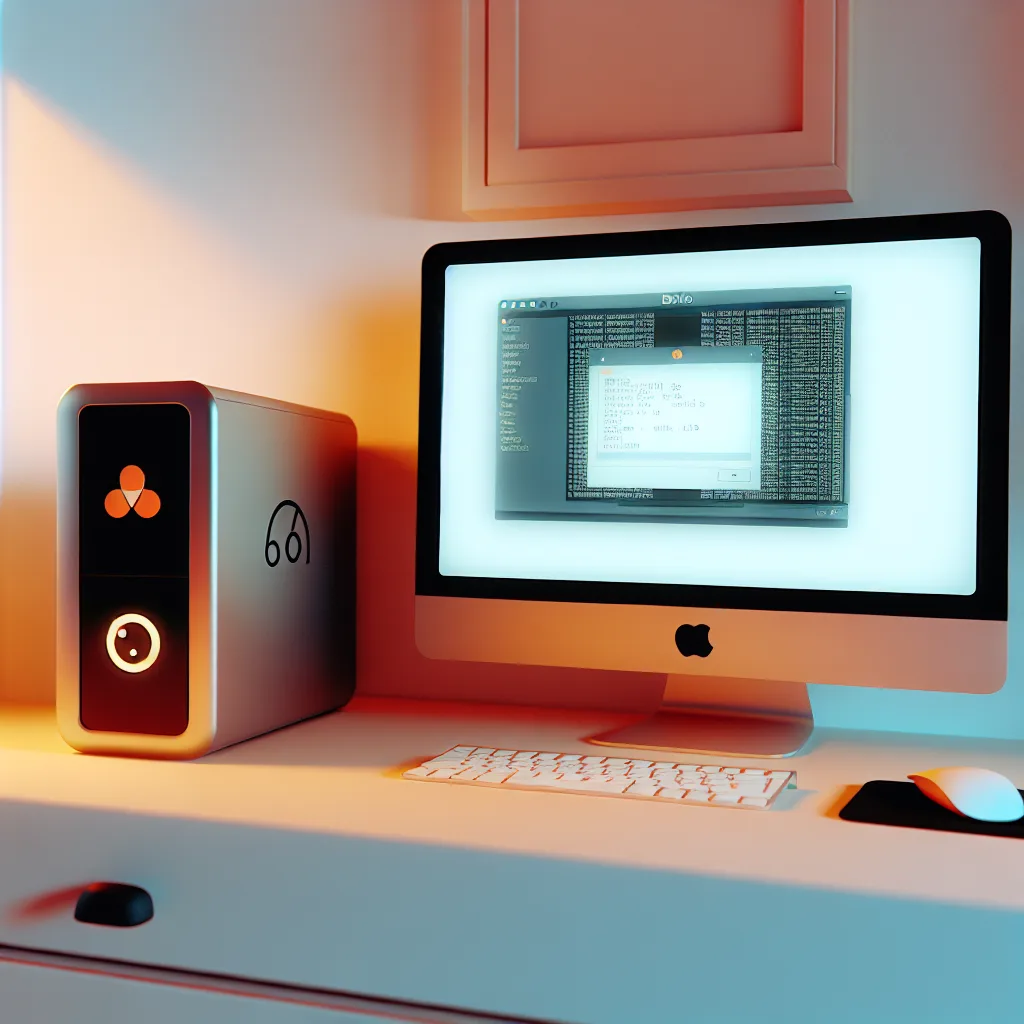Discover the joys and lessons of building a beginner home lab from scratch
If you’ve ever thought about diving into the world of tech projects or just wanted a playground to try out new software, setting up a beginner home lab is a fantastic way to start. I recently took the plunge and built my first mini lab, and I want to share the experience with you — what I learned, why it’s worth the effort, and how you can do it too.
What is a Beginner Home Lab?
A beginner home lab is essentially a small, personal environment where you can experiment with software, servers, networking, and more without any risk to your everyday devices. Think of it as your own tech sandbox. Mine started with the goal to learn hands-on, and it truly turned into a rewarding experience.
Why Build a Beginner Home Lab?
The biggest draw for me was curiosity and the need to learn. With a beginner home lab, you can try out different setups, run virtual machines, and practice skills like network configuration and server management. It’s a safe space to make mistakes and grow.
Getting Started: My Setup
I wanted something compact but capable. I picked up some affordable, second-hand hardware—a small desktop and a couple of hard drives were all it took. For the software, I started with free and open-source tools like Proxmox for virtualization and Ubuntu Server for the operating system. Both have great support communities which made the learning curve smoother.
Tips for Your Beginner Home Lab
- Start small: Don’t overbuy. Begin with just one machine or even a virtual environment.
- Plan your goals: Knowing what you want to learn (e.g., networking, storage, or Linux skills) helps guide your setup.
- Use open-source: Free tools are perfect for beginners and widely supported.
- Document your work: Keeping notes on your setup and experiments makes troubleshooting easier.
Overcoming Challenges
Like any new project, there were hiccups. Network misconfigurations and software bugs tested my patience. But each challenge was a lesson that improved my understanding and skills.
Where to Learn More
If you’re curious to explore more, websites like Tom’s Hardware and How-To Geek offer great tutorials. Also, the Proxmox community is friendly and helpful.
Final Thoughts
Building a beginner home lab was surprisingly fulfilling. It’s not about having the most expensive gear but about experimenting and learning in a low-pressure environment. Whether you’re a hobbyist or looking to upskill, a beginner home lab can be a smart and enjoyable project.
So, what are you waiting for? Grab some parts, fire up your first virtual machine, and start exploring!
